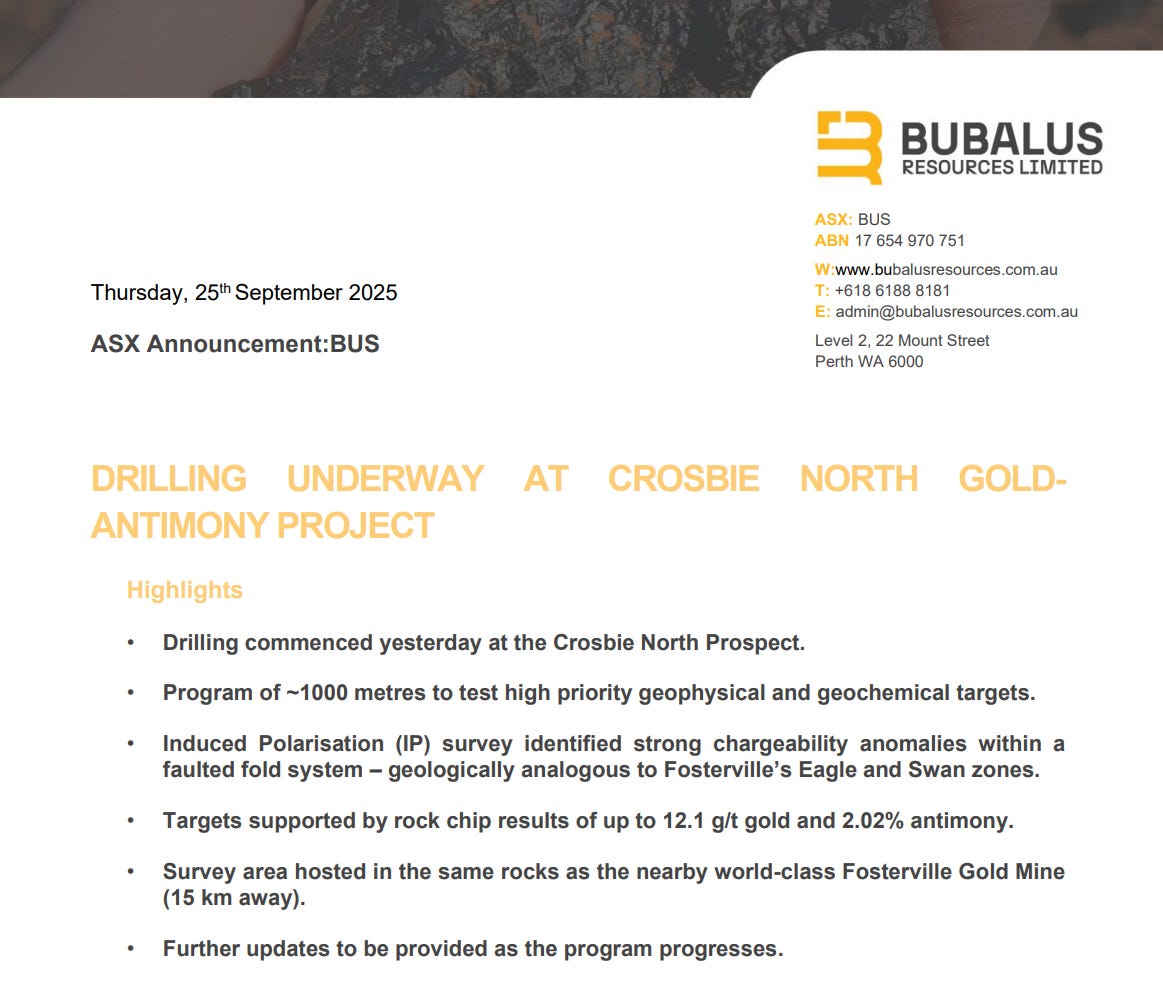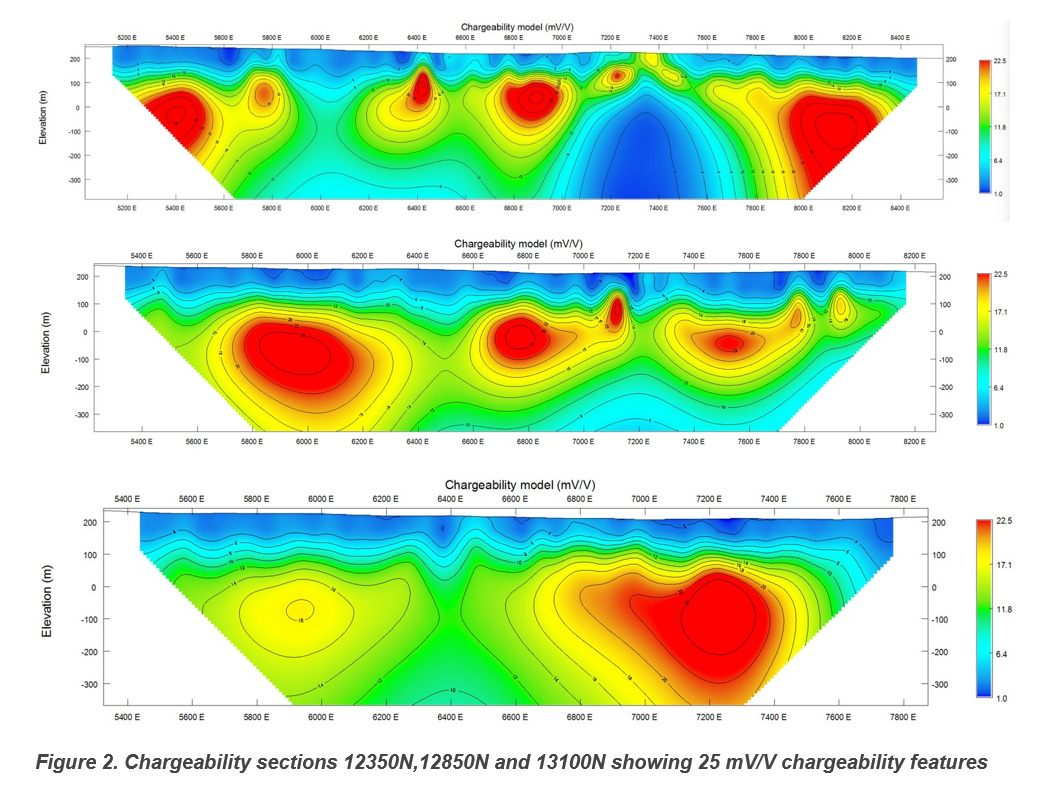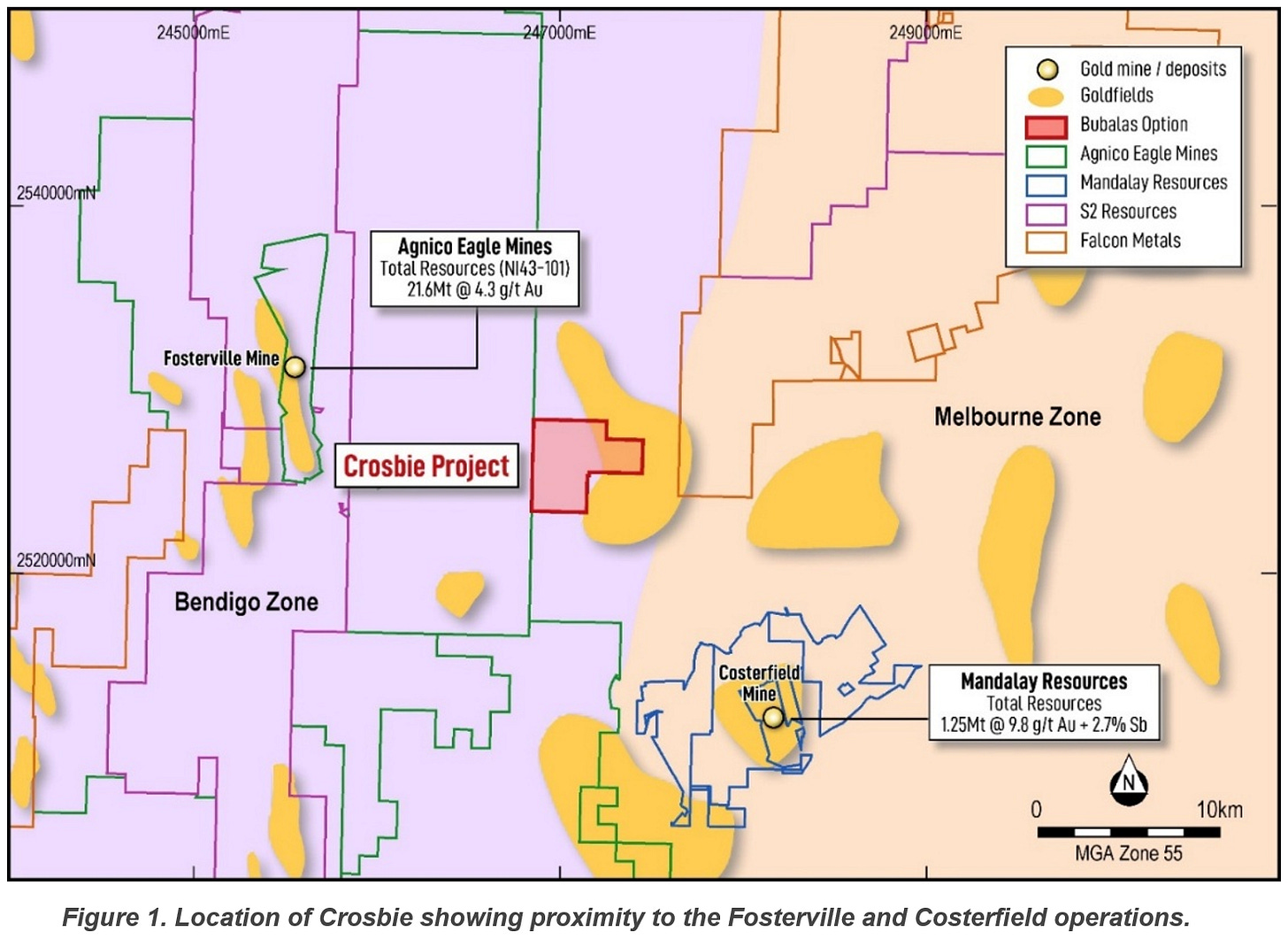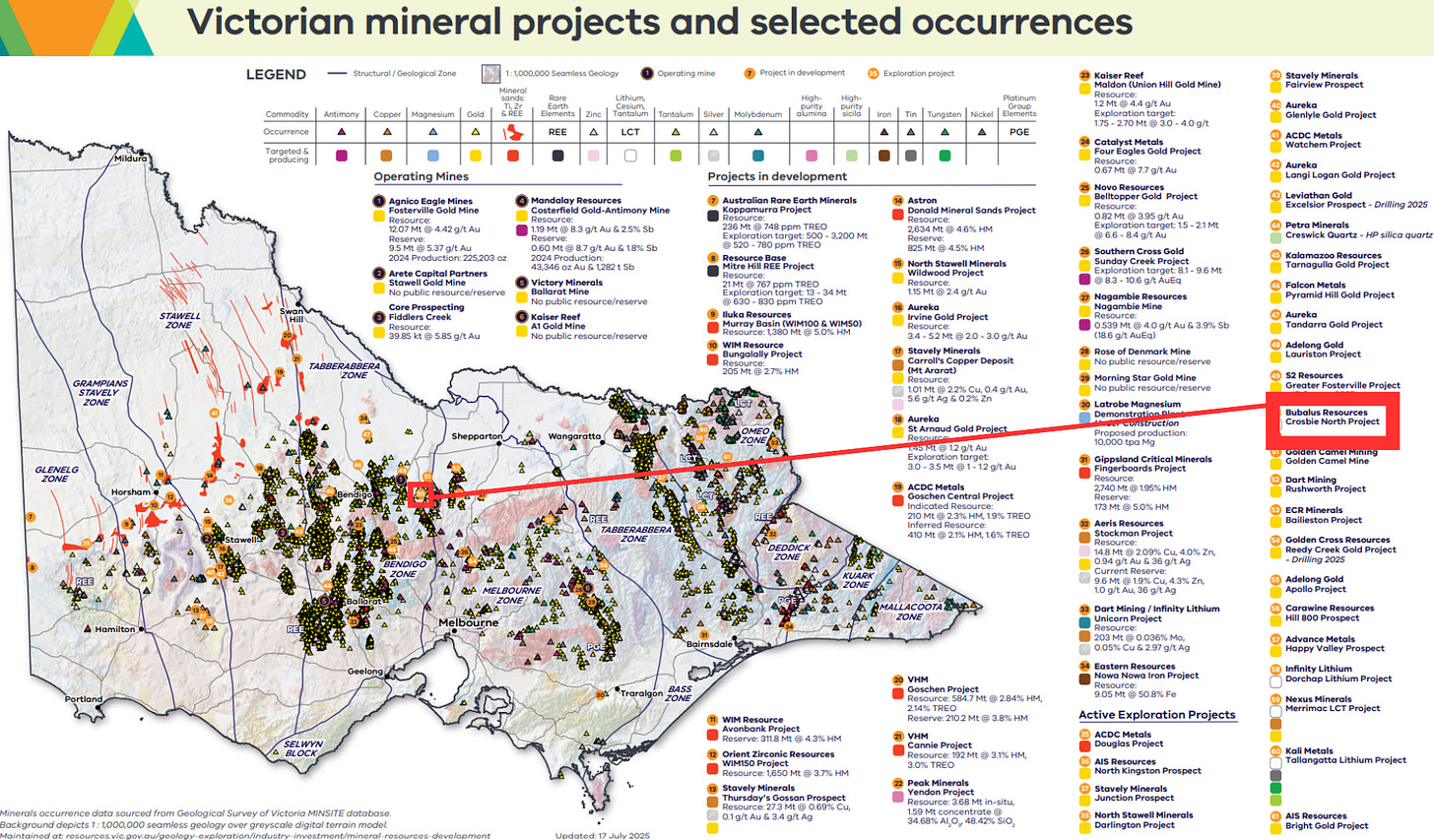BUS Turns the Drill Next Door to Fosterville
Seven holes into untouched ground beside Fosterville - results will show if Bubalus has the same geology that built Agnico’s cash machine.
Bubalus Resources (ASX: BUS) has kicked off the first-ever drill campaign at Crosbie North, a gold-antimony project sitting just 15 kilometres from the world-class Fosterville Gold Mine.
The company’s drilling 1,000 metres to test whether Crosbie North has the same geological ingredients that turned Fosterville into Agnico Eagle’s cash machine.
With gold recently hitting an all-time high of US$3,750 an ounce, BUS now sits at a stage where just one drill hole hitting decent grades and widths could significantly drive its 14.5-cent share price higher.
Other Victorian gold juniors show what’s possible here. Southern Cross Gold went from 20c at IPO to over $8 on its Sunday Creek discovery. Falcon Metals ran to $223 million on high-grade hits at Blue Moon.
BUS sits at a fraction of these valuations with multiple drill programs lined up - Crosbie North now, Avon Plains next, and Wilson’s Hill behind that.
The Ground They’re Actually Drilling
BUS is putting seven diamond holes into high-priority targets identified by their IP survey. Rock chips already returned 12.1 g/t gold and 2.02% antimony from surface, and now they’re testing what’s below.
The IP survey showed resistive zones about 190 metres down that are likely quartz veining - the plumbing that carries gold-bearing fluids through these rocks.
These targets sit within faulted fold systems, exactly the structures that can trap gold in this part of Victoria.
The areas being targeted have strong chargeability, which means these anomalies react strongly to an electrical survey. In the Victorian goldfields, sulphides and gold tend to travel together - find one, you often find the other.
Assays land in November. Hit decent grades and widths here, and 14.5 cents becomes a distant memory fast.
Why Location Matters
Victorian goldfields are having a moment. Extensions at existing mines, impressive discoveries, and record-breaking gold prices mean everyone’s looking harder at what’s been sitting in the ground.
Fosterville anchors the whole region - Agnico Eagle’s money printer that’s produced more than four million ounces and runs some of the highest margins globally. Two of their high-grade zones, the Eagle and Swan zones (apt names during AFL Grand Final week) show what happens when you get the geology right at depth.
The gold in this region is often found in rocks that have been folded and faulted, and the presence of sulphide minerals is a reliable indicator that gold may be nearby. BUS’ Crosbie North project sits within the same rock sequence and exhibits the same geological features.
if the system at Crosbie North behaves like Fosterville (and there’s no reason it shouldn’t 15 kilometres away), then BUS could be drilling into the same ingredients that made Fosterville one of the world’s best gold mines.
What Happens Next
Drilling’s underway. The cores go to the lab, and then it’s a waiting game.
Surface sampling was strong, with surveys indicating areas with potential, and gold, well, that’s at US$3,750 an ounce, so any sniff of a discovery is likely to be handsomely rewarded by the market.
BUS has done the work with multiple targets across three projects, cash in the bank, and drills turning at the right time. Now it comes down to what’s actually in the ground.
One hole can change the story.







The antimony showing in those surface samples is actualy more significant than people realize given what Agnico just invested into Perpetua for domestic antimony supply. If BUS hits similr geology to Fosterville's high grade zones at depth, the November assays could get very interesting very quickly. Those IP survey resistive zones at 190m down are exactly where you'd want to see quartz veining in this type of structural setting. Worth watching how the market reacts to each hole result given gold is sitting above 3700 and Victorian juniors have been running hard on discoveries.